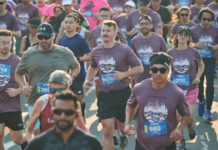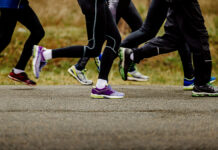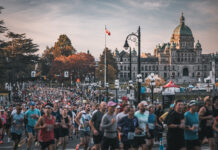The warm summer temperatures have arrived, and I’m certain we are all deep into enjoying these precious few months that see us stepping out into nature, breaking free from normal activities and exploring more of the outdoors.
Dry trails and snow-free mountain tops seem to have quick expiration dates. So, what if you could move faster and see more on each trail adventure? Well, fastpacking might be your ticket to longer days with more mileage and a lighter load.
The combination of moving “fast and light” is where traditional backpacking meets trail running. While not necessarily a new way of movement, fastpacking has risen to the forefront of trail enthusiasts over recent years. Realizing that enjoyable overnight and multi-day trail adventures can take place by only carrying the necessary gear to keep safe and warm and adequate amounts of food to fuel the effort has redefined what is possible.
Ultrarunners have gravitated to fastpacking as a way to spend many hours moving along a trail. Backpackers have started to rethink what goes into their packs, ditching some of the “luxury” items to hone in on only the essentials. The result? The ability to travel much faster across terrain, either by hiking faster and further or for the runner, using a hike/run approach.
There is no right or wrong way to fastpack, and this is the beauty of it. Sometimes these adventures are self-supported using a lightweight tent and sleep system. Other times, huts or backcountry accommodations might be available, and you can leave your shelter system at home and carry only clothes, food and safety essentials. Some great routes also exist where purchasing food and supplies along the way is an option, significantly reducing the weight of some of the heavier items in our pack. The bottom line is, travel light, travel fast, travel far!
The first step in planning a fastpacking adventure is to begin with a trail or route that intrigues and inspires. Then consider the following as a starting point to help determine what and how much gear is necessary:
- Total distance (factoring in elevation gain and loss)
- Trail quality (established, non-existent, and technicality)
- Navigation and route finding
- Weather forecast and day/night temperatures
- Your fitness level and ability to move quickly in a given terrain
- Accommodation/shelter type (tent, mountain hut or lodge etc.)
- Plan meals, snacks and if a cooking system (stove, fuel etc.) is needed
- Access to water
- Safety plan and communications
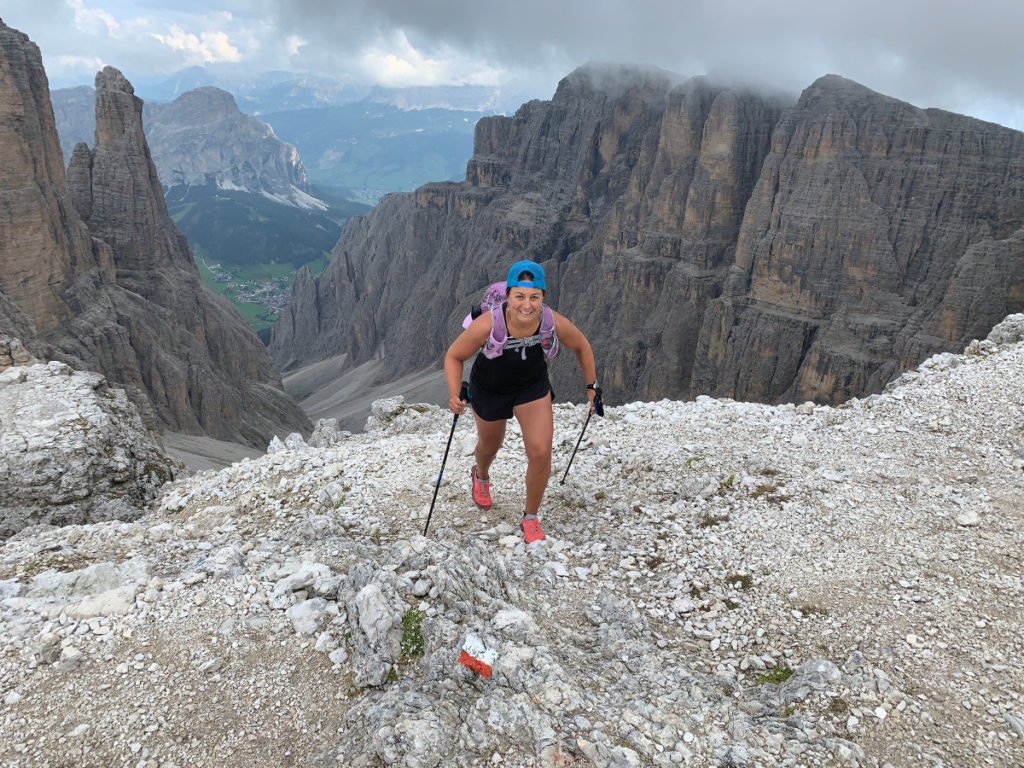
Gear choice will be of utmost importance. What is necessary and what is a luxury? Thanks to huge advancements in equipment, gear is not what it used to be. New fabrics and materials make our equipment and clothing lighter and more packable. Can you bring one small, collapsible bowl and use it as your coffee cup as well? Are dry conditions expected and could one pair of socks work for three days on the trail? How about going without hot liquids for a day or two and leaving the stove behind?
Having the right backpack will also make a big difference in terms of comfort, quick access to essentials throughout the day and allowing you to run, move swiftly and minimize stopping. The bag should fit well without hurting the shoulders or squeezing the chest and be just large enough to carry what you need.
Safety, as always, should be your number one concern in the outdoors. How will you communicate should an emergency occur? What is the size of your first aid kit? Would it be wise to carry bear spray? Quite often, these items become shared and dispersed amongst the group members if the fastpack is not solo. Finding the balance between items to keep you safe (InReach device, space blanket, extra warm layers) should be carefully considered and first in your pack.
I’ve been fortunate over the decades to embark on many fastpacking trips, embracing a simple yet enjoyable way of being on the trail. Although an ultrarunner at heart, I am drawn to extending trips into multi-day adventures and making long and rugged trails shorter time-wise. British Columbia favourites over the years include the famous 75-kilometre West Coast Trail as a two-day/one-night trip, fastpacking hut to hut in the Esplanade Range and travelling camp to camp in the South Chilcotins.
So, as you start to dust off your gear and get ready for summer, consider necessity over luxury. Maybe begin your entry into the fastpacking world by taking on a trail that you are familiar with already. And remember, the lighter the load you carry, the more energized you will feel as the kilometres tick by. It might mean not having marshmallows to roast around the evening campfire but in exchange, you might be able to bag an extra peak or do some added miles. The choice is yours!
Happy fastpacking!
Feature Photo by Carol Koster
You may also like: Get Active
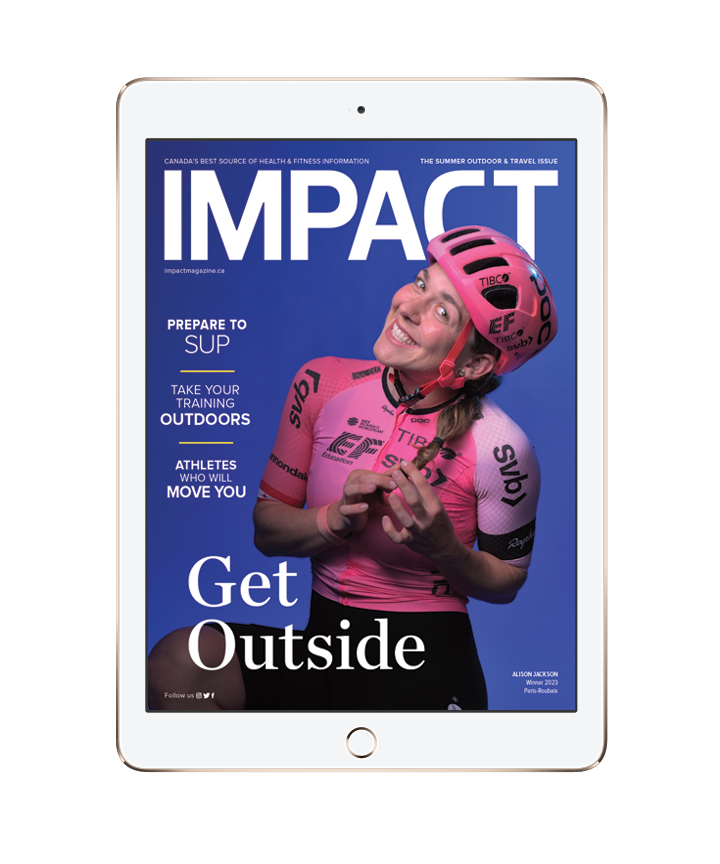
Read This Story in Our 2023 Summer Outdoor & Travel Issue
Featuring Alison Jackson, Canadian cyclist and only North American male or female to win the famed Paris Roubaix. Travel the country’s most stunning hot spots by campervan. Become a better trail running by improving your ascents and descents—plus, train outdoors with Canada’s Top Fitness Trainers. Enjoy plant-based summer recipes and so much more.


